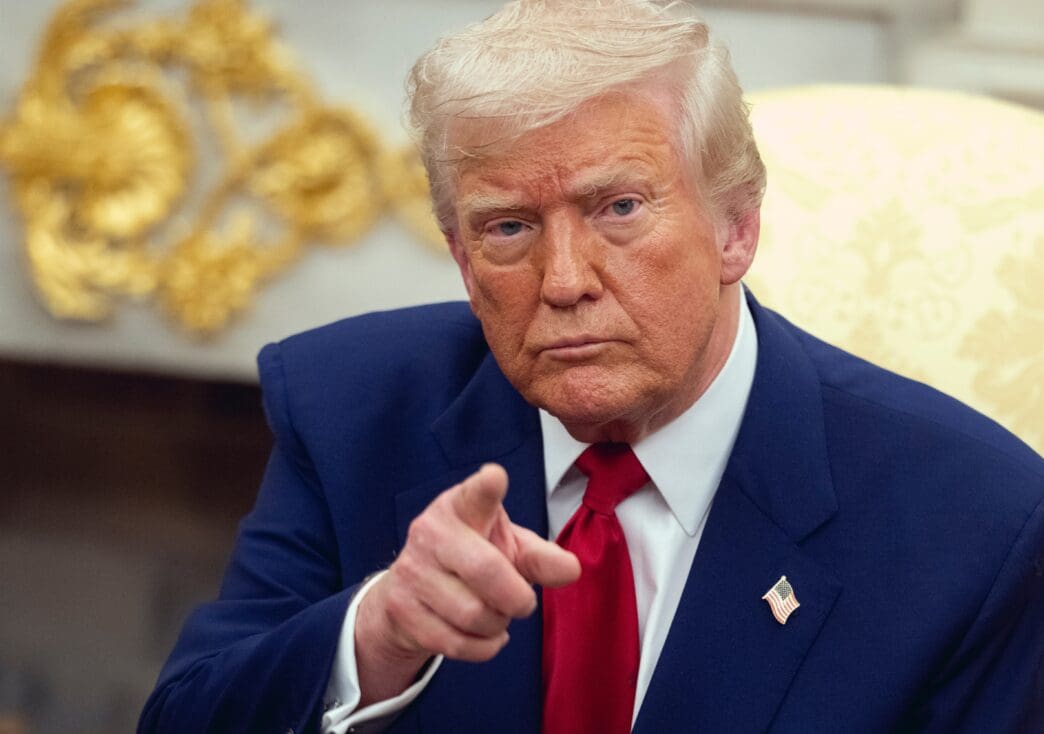Executive Summary
The Story So Far
Why This Matters
Who Thinks What?
A new deal for Gaza, reached on October 8, 2025, has offered a significant glimmer of hope to families of hostages, Israelis on the front lines, and Gazans caught in the ongoing conflict, according to a recent analysis. The agreement, described by CNN global affairs analyst Brett H. McGurk as a “massive and unequivocal triumph,” mandates the release of all remaining living and deceased hostages held by Hamas and outlines a long-term process for Gaza’s recovery, with Hamas no longer in control of the Strip.
The Agreement’s Framework
The deal comes after months of stalled negotiations and renewed conflict. An earlier three-phase agreement, which McGurk assisted in negotiating with support from the incoming Trump administration, collapsed in March, leading to a period described as “some of the worst in the entire war.” Just weeks prior to this new agreement, talks had ceased, Israel had launched its largest offensive, and Qatar had withdrawn from its mediating role following an Israeli strike in its capital.
Amid these challenges, the Trump administration introduced its own framework. This plan demanded that Hamas release all hostages immediately or face “obliteration,” cede control in Gaza to an interim security force, and decommission its weapons. Concurrently, it required Israel to relinquish any claims of annexation or occupation of Gaza and proposed a conditions-based pathway towards the establishment of a Palestinian state in the future.
President Trump and his team, including Steve Witkoff and Jared Kushner, successfully rallied unanimous regional and majority-Muslim state support behind this framework. This diplomatic effort helped isolate Hamas while simultaneously pressuring Israel to accept the terms. The President reportedly threatened Hamas with obliteration if they refused the plan and subsequently urged Israel to halt military strikes after Hamas gave an “equivocal yes” to the proposal.
Challenges Ahead
Hamas’s Role in Hostage Release
A critical aspect of the deal’s initial implementation will be Hamas’s conduct during the hostage release. The analyst noted that in a previous January deal, Hamas paraded hostages in military gear, a display that was seen as provocative and contributed to the breakdown of further phases. The current agreement stipulates that Hamas must relinquish power, meaning any similar public displays would constitute a clear violation of the accord.
Ensuring a smooth implementation, with handovers managed quietly and overseen by the International Committee of the Red Crescent/Red Cross (ICRC), is paramount. Countries with influence over Hamas, particularly Qatar, Egypt, and Turkey, are expected to play a crucial role in preventing any actions that could jeopardize the fragile peace. For the long-term aim of a new beginning for Gazans without Hamas, the remnants of the organization must remain out of public view.
Establishing an Interim Gaza
Phase Two of the new deal, which commences after the hostage-for-prisoner exchange, focuses on establishing an interim security force and political structure in Gaza. These entities are not yet in place, and their formation could take months without consistent U.S. pressure and leadership. The Biden administration had previously developed plans for an interim international security force within Gaza, with U.S. forces providing logistical support from neighboring countries like Egypt.
These plans are likely being revisited, with several countries reportedly offering troops for such a force. However, building this coalition and establishing its command structure and rules of engagement requires rapid action to prevent Hamas from reasserting its authority. Similarly, the political entity outlined in the deal needs to be named, a process expected to be contentious, again requiring U.S. leadership to impose discipline and expedite its formation.
Reconstruction and Recovery
The agreement also calls for an internationally backed and financed reconstruction program for Gaza. The analyst points to the rebuilding of Mosul in Iraq after its destruction by ISIS as an example of successful international coordination. A global coalition, led by the U.S., mustered the organization and resources to restore the city, including historic sites, over a decade.
A similar comprehensive effort will be necessary for Gaza, requiring a coalition of countries ready to contribute resources and expertise. Initiating these processes immediately is deemed critical to prevent spoilers, including remnants of Hamas, from reconstituting and recovering, thus safeguarding the deal’s promise.
Humanitarian Impact and Future Prospects
The immediate impact of the deal is profoundly felt by hostage families. Twenty families are anticipated to be reunited with loved ones who endured over two years in horrific conditions, while nearly 30 more will receive the remains of those killed. These families, and the hostages returning home, are described as deserving of admiration and sustained support.
While it is premature to declare that this agreement will lead to lasting peace, the potential is now present. The analyst notes that Hamas’s initial aim two years ago was to rally partners for a multi-front war against Israel, but these partners—Iran, Hezbollah, the Houthis, Iraqi militias, and the Assad regime in Syria—have since been defeated or significantly degraded. This shift opens a historic opportunity for broader peace and integration in the Middle East, though much can still go wrong, including potential diversions from regional diplomacy due to upcoming Israeli elections. For now, the focus remains on these initial steps, celebrating the return of hostages and the prospect of relief for Gazans, achieved through persistent diplomacy.








